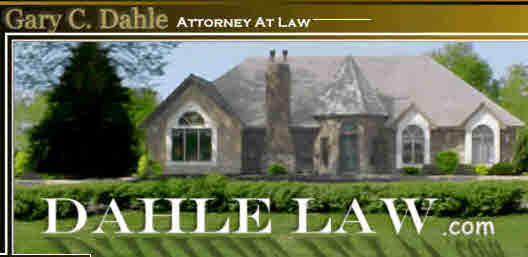“HOW THE FUR WILL FLY”
A STUDY OF AUGSBURG PROFESSOR SVEN OFTEDAL’S RESPONSE TO NORWEGIAN-AMERICAN LEADER RASMUS B. ANDERSON
By JAMES L. JOHNSON
2014
Reprinted by permission from the author.
Section Nine – NILS N. RØNNING’S MEMOIRS: LAST VISITS WITH THE LEADERS
Rønning admired both men, writing about each with candor. But he also noted a major difference between the two.
Oftedal, according to Rønning, was urbane, “cosmopolitan,” and talkative. (91)
He stopped over at the Augsburg professor’s home to ask advice about a Sunday School class once in 1911, the year the professor died. He found the old teacher on the couch.
Oftedal welcomed him in and the two started a lively conversation.
Growing more animated by the minute, quoting from Norwegian and English translations of the Bible, citing the Greek, digging into the Word, Oftedal got lost in his love for the Bible and teaching, trying to help Rønning with his class of young girls.
One hour grew into two, until finally Ronning popped up—look at the time— he was one hour late for a Trinity board meeting!
Oftedal smiled and laughed: “Yes, that’s because you are so talkative,” Oftedal chided. (92)
Rønning first met Anderson when he was invited to his home in Madison around 1920.
Anderson ushered the Rønnings in “with a graceful bow.”
Bertha Karina began chatting away with Mrs. Rønning in one corner of the parlor.
Anderson started a long monologue with Nils in the other corner, reciting poems, dropping names, and gesturing wildly.
“I never met a man who used his hands and fingers more when he talked,”
recalled Rønning.
“He touched on many subjects. He especially enjoyed talking about “Bjørnson, Ibsen, Ole Bull and [of course] Sven Oftedal.” (93)
Without using Oftedal’s name directly, Rønning narrates a story Anderson told about that infamous day:
“He showed me how he had led a certain prominent Norwegian-American to the door. He grabbed me by the arm,” Rønning quipped, “and led me to the door.” (94)
Even in his old age, Anderson’s bitterness toward Oftedal was unrelenting, and his victory was clear—at least in his own mind.
Anderson’s voice grew louder as the stories and poems continued with the Ronnings that night.
One hour passed quickly, and the younger editor stood up to leave, obediently at 9:00 p.m.
But Anderson commanded him to “Sit down, sit down,” and continued reciting more poems, showcasing his “phenomenal memory” with more stories and more names.
It was almost midnight before the Rønnings finally left the Anderson house. (95)
Rønning met Anderson at his house for a final visit sometime shortly before Anderson’s death in Madison in March 1936.
His wife Karina, had died.
According to historian Knaplund, “. . .she was subjected to most inhuman trials.”
Anderson prohibited Karina from talking with their daughter, Carletta, because she married against his wishes.
He would not allow Karina to have any association with her own brother, Professor Julius Olson, a popular professor at University Wisconsin-Madison.
For Karina, “At last the strain became too heavy,” concludes Knaplund.
She died in 1922. (96)
With Karina gone, Anderson lived alone with Carletta, receiving occasional visitors in his Madison home, where Rønning later found him, weak and quiet.
He had aged a good deal.
He leaned on me when we walked from one room to another. I gave him a copy of my book, “Lars Lee.”
I had to autograph it and he thanked me profusely. . . . When I stretched forth my hand to say goodbye, he indicated that he wanted to walk with me to the door.
Leaning heavily on my arm he walked to the door.
With a remarkably strong grip of his hand he bade me goodbye. It was the last time I saw him. (97)
NOTES
- Rønning, 141.
- Rønning, 142.
- Ibid., 209.
- Ibid.
- Ibid., 210.
- Knaplund, “Rasmus B. Anderson: Pioneer and Crusader,” Vol. 18, 23. http://www.naha.stolaf.edu/pubs/nas/volume18new/vol18_2.htm (accessed April 24, 2014).
- Ronning, 210.
